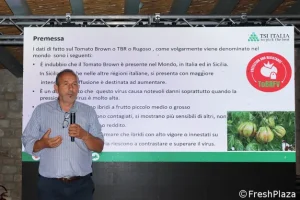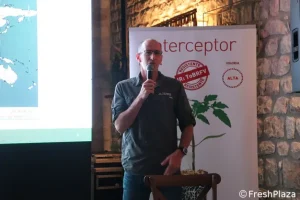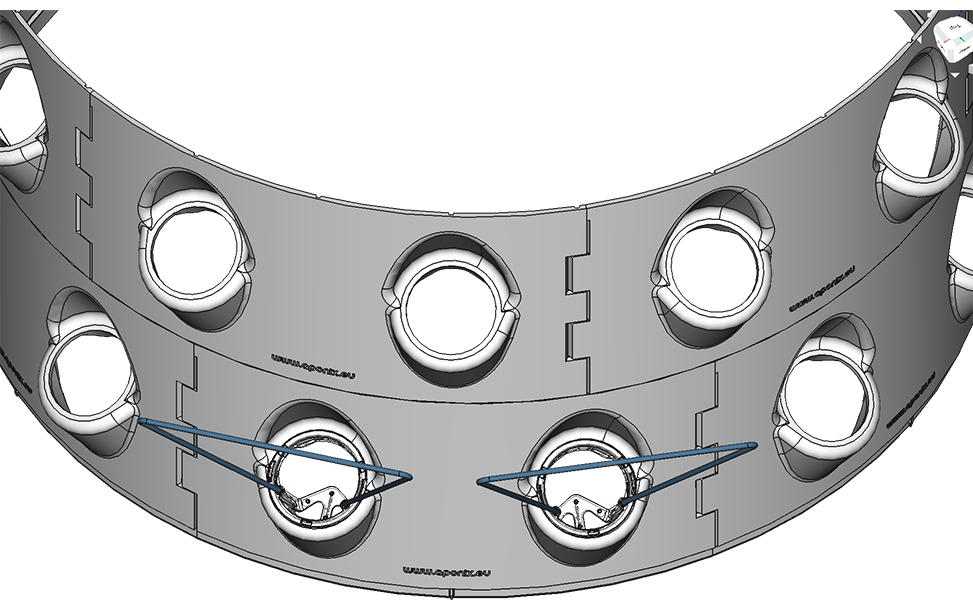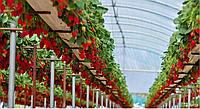A pivotal gathering recently convened in Ragusa, Sicily, centered on TSI Italia’s proactive strategies against Tomato Brown Rugose Fruit Virus (ToBRFV), a pressing concern within the region’s tomato industry.
Attendees eagerly registering at the convention.
ToBRFV presents a significant global challenge, devastating greenhouse-grown table tomato yields in Sicily by more than 50%. However, recent advancements in agricultural practices, genetic innovation, and heightened awareness have considerably mitigated its impact.
Moran Shelef, senior breeder at TSI Italia, highlighted the evolution of strategies that now employ prophylactic measures and genetic enhancements to curtail ToBRFV’s spread.
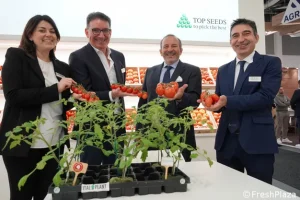
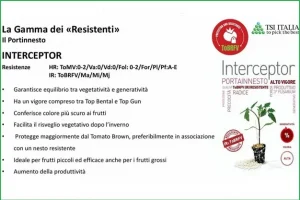
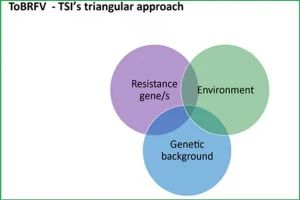
Central to TSI Italia’s approach is the introduction of the Interceptor F1 rootstock, designed to resist soil-borne infections from previous crop residues, thereby complementing the genetic resistance of tomato scions.
Rosario Privitera, TSI’s area manager for southern Italy, emphasized the synergistic effect achieved through combining ToBRFV-resistant grafts with the Interceptor F1 rootstock. This comprehensive strategy addresses genetic backgrounds, resistance genes, and environmental conditions, optimizing resistance against ToBRFV.
Figure 1 illustrates the integrated elements crucial for effective ToBRFV barrier implementation.
While genetic resistance in scions alone offers limited protection, the addition of resistant rootstocks extends the safeguard, as depicted in Figure 2. This dual-layered defense system enhances the overall resilience of tomato crops.
The event also showcased four new resistant tomato varieties, including Allcherryto F1, Fanello F1, Pizzobello F1, and Carlitos F1. These varieties, in conjunction with the Interceptor F1 rootstock, represent a significant advancement in ToBRFV management, reinforcing the importance of meticulous greenhouse management practices.
Presented during Fruit Logistica 2024, these innovations underscore TSI Italia’s commitment to sustainable agricultural practices and resilience in tomato production.
